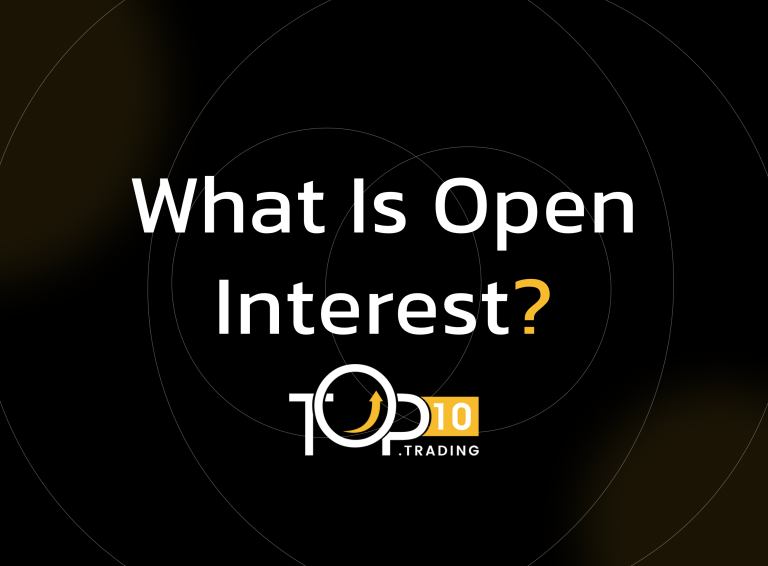Open Interest Definition

Open Interest refers to the total number of outstanding derivative contracts, such as options or futures, that have not yet been settled or closed. It measures the flow of money into a market and reflects market activity and trader interest in a specific asset or contract.
Key Takeaways
- Open Interest is the total number of open contracts that are active and not yet settled.
- It increases when new contracts are opened and decreases when positions are closed.
- It is a key indicator of market liquidity and trader participation.
- Often used with volume to confirm trends and gauge market sentiment.
- Applies to futures and options markets—not spot trading.
How Open Interest Works
When two parties enter a new derivatives contract (e.g., one buys and the other sells), open interest increases by one. When they close that contract (either by selling it or settling it), open interest decreases by one. If one party transfers a contract to another without closing it, open interest remains unchanged.
- Traders analyze changes in open interest to interpret market behavior:
- Rising open interest with rising prices may signal a strong uptrend.
- Declining open interest might indicate waning momentum or trend exhaustion.
Examples of Open Interest
- If 1,000 contracts of crude oil futures are opened and not yet closed, the open interest is 1,000.
- A trader notices that open interest is increasing alongside volume on a call option—indicating strong bullish sentiment.
- If open interest drops sharply, it might suggest traders are closing out positions, possibly ahead of news or market uncertainty.
Benefits of Open Interest
- Market Sentiment Gauge: Helps identify the strength or weakness of a trend.
- Liquidity Indicator: Higher open interest generally means better liquidity and tighter spreads.
- Confirmation Tool: Validates price movements when combined with volume analysis.
- Insight into Activity: Shows how much money is flowing into a particular contract.
Costs and Limitations
- Not Always Clear: Rising open interest doesn't always confirm a bullish or bearish bias without context.
- Can Lag: Sometimes reacts slower than price or volume changes.
- Only for Derivatives: Doesn't apply to spot markets like direct stock or forex trading.
- Needs Complementary Data: Best used with price action, volume, and trend analysis.
Who Uses Open Interest?
Open interest is used by options and futures traders, technical analysts, and institutional investors to assess market depth and trading activity. It’s especially useful in strategy development for derivatives trading, trend confirmation, and volatility forecasting.
